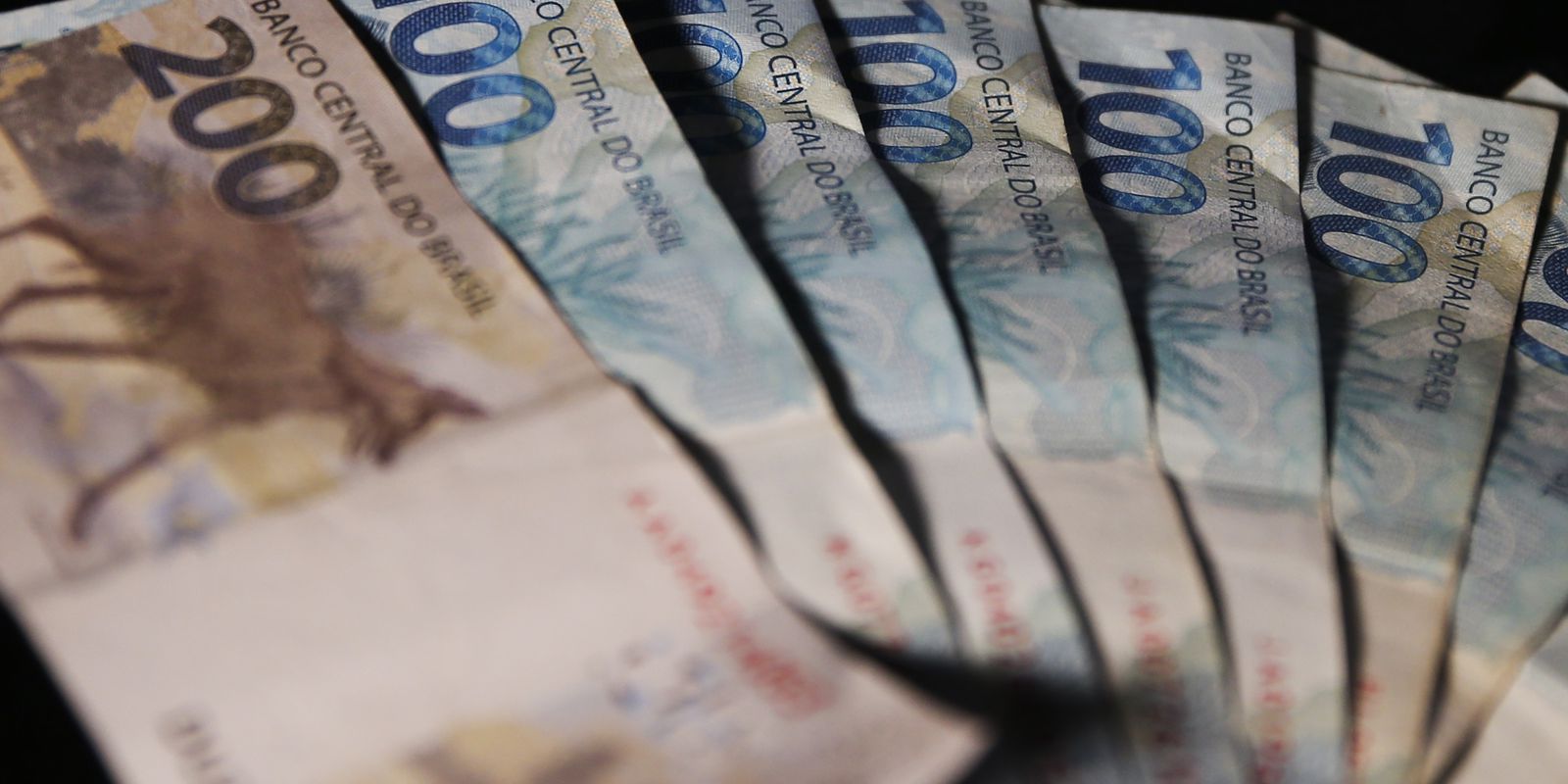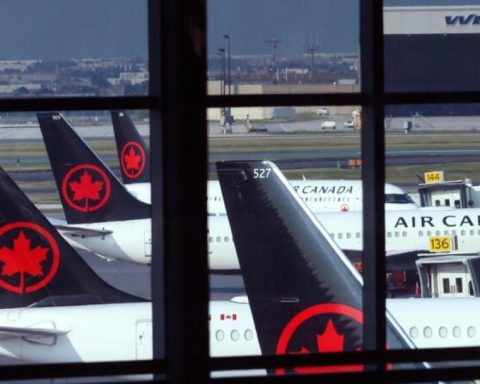The fiscal framework is a set of measures, rules and parameters for conducting fiscal policy – controlling a country’s expenditures and revenues. The government therefore seeks to ensure credibility and predictability for the economy and for the financing of public services such as health, education and public safety.
Citizens, companies and investors need to be confident that public accounts are under control and have clear rules. This is because the lack of fiscal control results in an increase in the public debt and, consequently, in high interest rates and inflation.
When the government spends more than it collects in taxes, that is, it registers a deficit, it needs to go into more debt by borrowing money through the issuance of bonds.
The new tax ruleannounced this Thursday (30th) by the government, will replace the spending ceiling which has been in force since 2016 and limits the growth of expenses to the previous year, corrected by official inflation (National Index of Extended Consumer Prices – IPCA).
To control public accounts, without having to increase the already high tax burden, the government created a spending ceiling, but by “freezing” expenses, the measure ended up being breached several times. Since the creation of the mechanism, the limit has been breached at least seven times.
At the end of last year, the Constitutional Amendment of the Transition allowed the exclusion of up to BRL 168 billion from this year’s spending ceiling – BRL 145 billion from the new Bolsa Família and up to BRL 23 billion in federal investments, in case there is excess revenue. .
New rules
In the new fiscal policy, there will be a combination of an expenditure limit that is more flexible than the expenditure ceiling with a primary result target (result of public accounts without public debt interest).
The new fiscal framework will limit expenditure growth to 70% of the previous 12-month revenue change. That is, if in the 12-month period, from July to June, the government collects R$ 1 trillion, it will be able to spend R$ 700 billion.
Within that 70% percentage, there will be an upper limit and a floor, a band, for the oscillation of expenditure, discounting the effect of inflation.
In times of greater economic growth, expenditure cannot grow by more than 2.5% per year above inflation. In times of economic contraction, spending cannot grow more than 0.6% per year above inflation.
To prevent noncompliance with the 70% revenue growth route, the new rules will introduce punishment mechanisms that will slow down spending if the growth trajectory of expenses is not met.
If the primary result falls below the lower threshold of the band, then next year’s expense growth drops from 70% to 50% of revenue growth. In order not to punish investments (public works and purchase of equipment), the new framework provides for a floor for this type of expenditure and allows that, if the primary surplus is above the ceiling of the band, the surplus is used for public works.
The economic team clarified that the 70% threshold is based on past revenues, not on estimated future revenues. In this way, future governments, or the National Congress, will not be able to artificially increase revenue forecasts to raise expenditures.
Check out the main points of the new fiscal framework:
• Primary expenditure growth limit to 70% of the revenue variation of the previous 12 months. Primary expenditures are those necessary to provide public services to society.
• Upper and lower limit within this track of 70% revenue increase
• Adjustment mechanism to prevent increased spending in times of economic growth and a drop in spending in case of low growth
• Application of punishment mechanisms. If the primary result is below the minimum limit of the band, the growth in expenses for the following year drops from 70% to 50% of the growth in revenue.
• Promise to zero the primary deficit in 2024, with a surplus of 0.5% of GDP in 2025 and 1% in 2026
• The primary result target will have a fluctuation band, with a tolerance margin of 0.25 percentage points of GDP for each year
• Excess primary surplus above the band ceiling can be used for investments
• Promise that gross public debt will rise slightly until 2026 and then be stabilized
• Exceptions only for expenses instituted by the Constitution, such as Fundeb and the national nursing floor. These expenses cannot be regulated by supplementary law
















